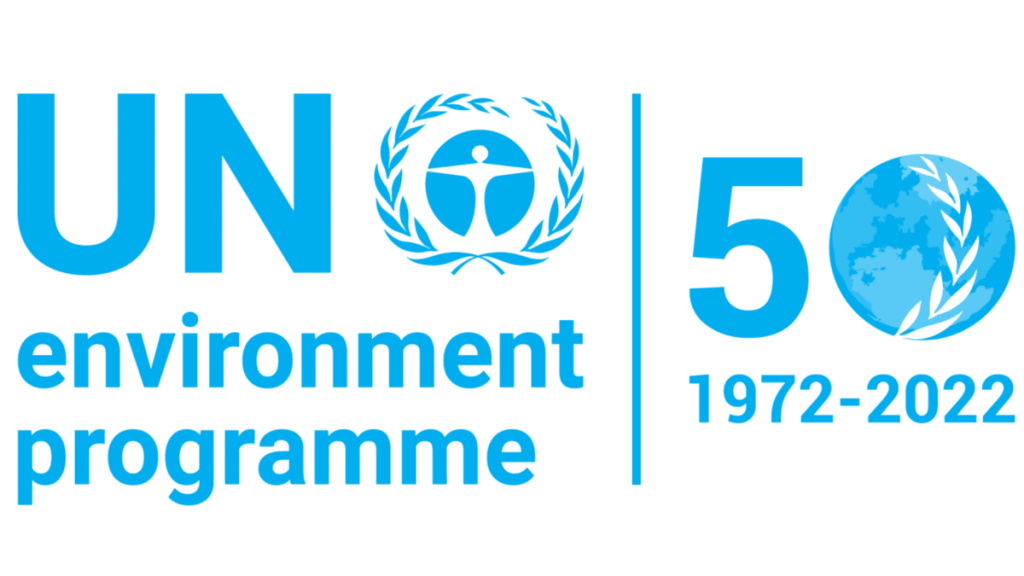
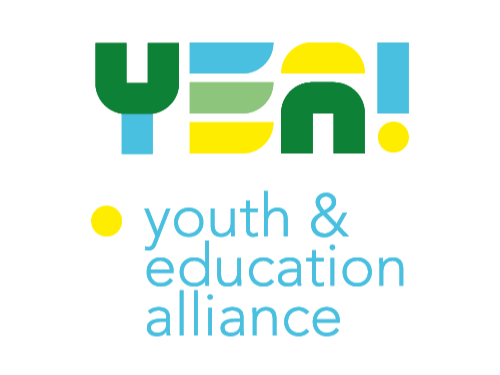
NOVEMBER 2021 NEWSLETTER

“The best way to not feel hopeless is to get up and do something. Don’t wait for good things to happen to you. If you go out and make some good things happen, you will fill the world with hope, you will fill yourself with hope.”
– Barack Obama
Overview of COP26
What happened at COP26 in Nov 2021?
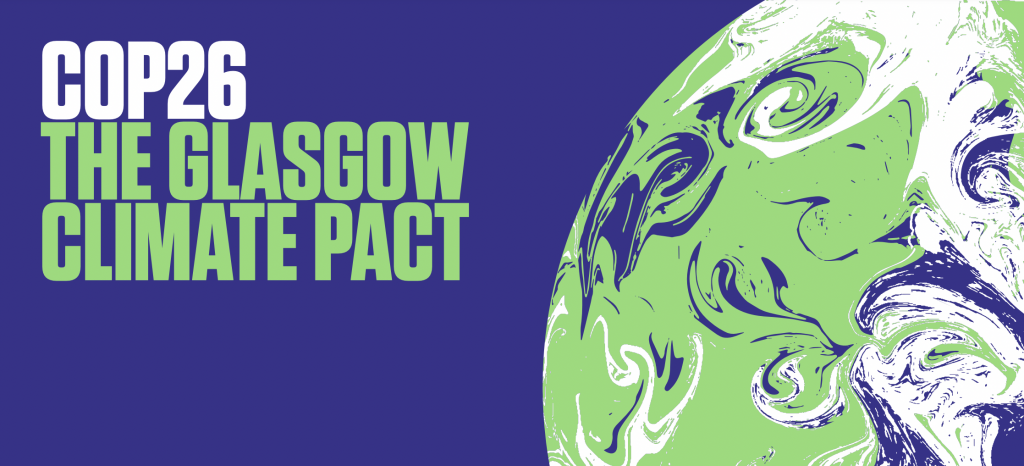
After 13 days of intense negotiations, and with a record-breaking number of delegates gathered in Glasgow, COP26 concluded on Saturday, 13th November 2021 with every Party at COP26 – representing almost 200 countries – agreeing to the Glasgow Climate Pact, which seeks to accelerate action on climate in this decade.
The aim of the UK COP26 Presidency was to maintain the hope of limiting the rise in global temperature to 1.5C, which was achieved through the development of the Glasgow Climate Pact. Increased ambition and action from countries keeps the 1.5C goal alive, but only if countries follow through and deliver on their pledges.
What did COP26 achieve?

1. Mitigation: COP26 secured near-global net zero (90% of world GDP) and 2030 emissions targets were put forward in Nationally Determined Contributions (NDCs) from 153 countries. It was also agreed that these would be strengthened for COP27.
2. Adaptation: Efforts to deal with climate impacts have been accelerated with 80 countries being included in either Adaptation Communications or National Adaptation Plans to enhance preparedness to climate risks.
3. Finance: Billions and trillions are being secured for climate finance with progress being made towards the $100 billion climate finance goal by developed countries (due to be reached by 2023), and with private financial institutions and banks putting trillions towards global net zero.
4. Collaboration: The Paris Rulebook was finalized which lays out new standards for emissions reduction and acts as a sort of transparency mechanism. Collaboration will ultimately allow us to achieve our goals and deliver on the Paris Agreement.
How does Education fit into this?

At the Times Higher Education Climate Impact Forum, key findings from a new survey commissioned by the United Nations Educational, Scientific and Cultural Organization (UNESCO) and UNEP were shared in advance of COP26. This survey explored how Education and Environment Ministries in some 21 countries work together on the Environmental Education and ESD agenda. All countries studied, from Africa, Asia Pacific, West Asia, Europe and Latin America and the Caribbean, reported education for sustainable development and environmental education (ESD/EE) to be a national priority, yet clear gaps have been identified:
- Lack of inter-ministerial cooperation on issues of ESD/EE: Although there are some promising models of collaboration between the Ministries of Education and Environment, many have not found the path to a strong and successful collaboration between ministries. In countries where promising models do exist, a lack around clarity of roles and capacity building deficits were commonly reported;
- Little mention of higher education: A stronger focus on higher education is needed, as well as deeper engagement with Ministries of Higher Education;
- Stronger youth engagement is needed: Most countries indicated they consult youth on the design and development of EE/ESD; however, the active role of youth in the implementation or development of further programmes is unclear.
This survey will help to inform a set of recommendations which will seek to support the improved integration of environmental education and ESD materials in schools and higher education over the coming months.
So, how did Education and Environment Ministries show up at COP26?
COP26 Education Outcomes

Some of the highlights around what Education and Environment Ministers committed to at COP26, includes:
- Recognizing education as an important process to combatting climate change;
- Integrating climate change and sustainability into formal education systems including teacher training, as well as into professional training, public awareness and information activities;
- Strengthening multi-
stakeholder and cross-sectoral collaboration, as well as inter-ministerial partnerships; - Supporting the private sector in achieving a green economy;
- Highlighting education and learning within adaptation efforts including national adaption plans (NAPs) and Disaster Risk Reduction (DRR) measures;
- Reviewing and strengthening commitments ahead of COP27.
Learn more about everything that happened at COP26
https://ukcop26.org/the-
What else is new?
Reminder: Sign up for the Nature Positive Universities Initiative
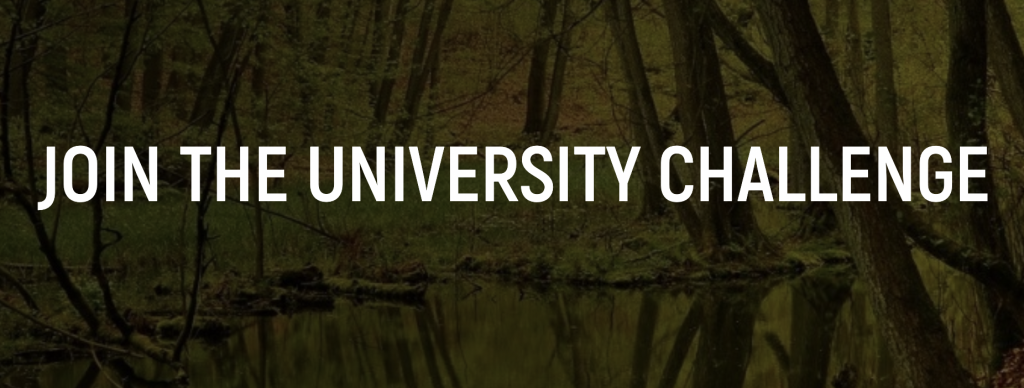
UNEP and the University of Oxford are launching a global network of Nature Positive Universities in order to prompt the prioritization of nature and its restoration within the higher education sector; in their operations and supply chains, on campuses and within the cities where they operate. This network will form a major contribution to the UN Decade of Ecosystem Restoration, the post-2020 Biodiversity Framework and the Sustainable Development Goals.
So far, over 200 expressions of interest from universities around the world have been submitted. Please complete this form if you are interested in joining this network!
Online Course: From Data to Tangible Impact – Achieving Waste SDGs by 2030
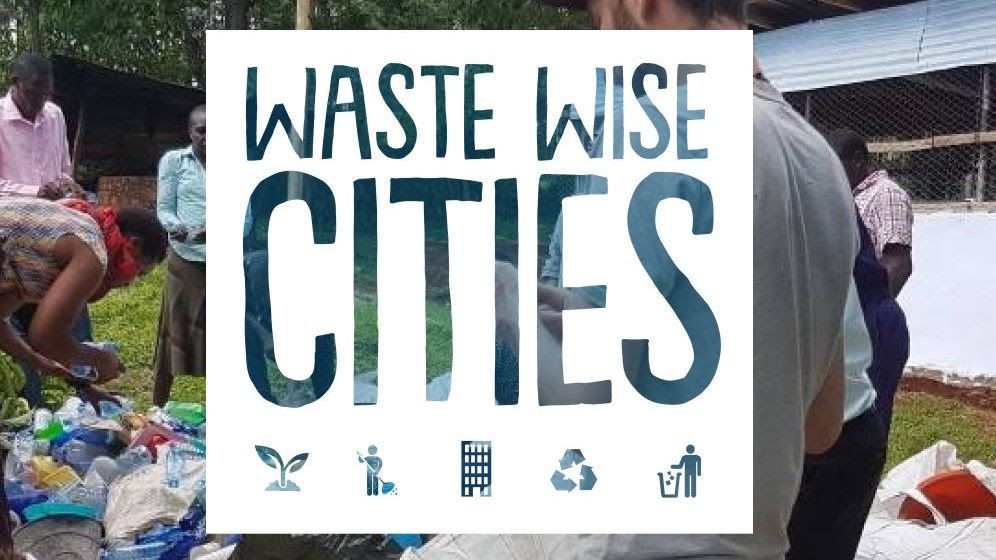
This online course will introduce you to the first steps in developing, in a participatory and inclusive manner, municipal solid waste management strategies and action plans based on data. This will help your city to achieve waste related Sustainable Development Goals (SDGs) by 2030 and move towards a circular economy.
The course is intended for all solid waste professionals, city officials involved in municipal solid waste management, and anyone interested in guidance on how to achieve waste related SDGs.
Start: Self-paced course
Duration: 6 modules, between 1-2 hours per module
Fees: None
Certificate: Yes, after completing and passing the final test
***
You can also check out this Waste Wise Cities Tool (WaCT) which is a rapid assessment methodology to evaluate and monitor a city’s municipal solid waste management (MSW) system.
Get In Touch With Us
-
We would love to hear from you! What would you like to hear more about in these newsletters? Let us know and we’ll do our best to share content to your liking.
-
Do you have any interesting calls to action, research asks or helpful information to share with others around the environment / sustainability / higher education theme? Please don’t hesitate to send them to [email protected] and we will select a few to include in our next newsletter.

